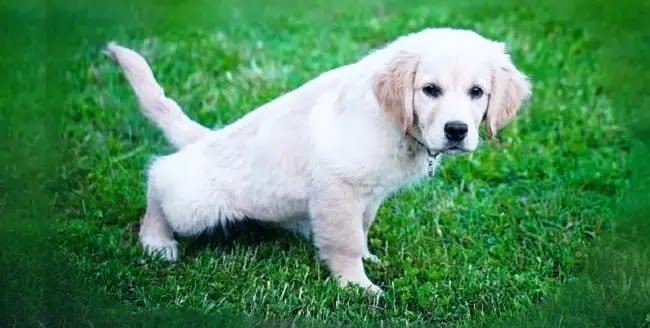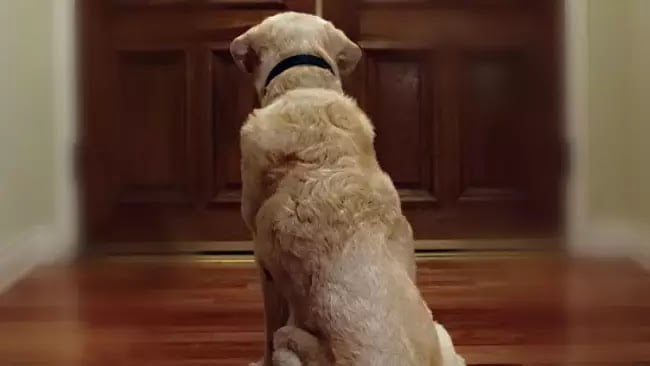One of the smaller terrier breeds, the Norwich Terrier Dog is energetic, alert, and happy with sharply pointed ears and a strong, wiry, weatherproof coat. Despite their diminutive size, they are a compact and tough tiny dog with fox-like looks. These canine breeds are active indoors but are amicable to apartments. This breed of dog sheds very little. The prey drive is high in Norwich Terriers. They share other Terriers’ fondness of digging. The Jones Terrier, Trumpington Terrier, and Cantab Terrier were some of its alternate names.
History
The Norwich Terrier, a small and spirited breed known for their intelligence and feisty disposition, has a rich history that spans several decades. The breed originated in Norfolk County, England during the late 19th century, where they were commonly used to hunt small prey such as rats and foxes. However, it wasn’t until the early 20th century that the Norwich Terrier gained recognition as a distinct breed. In 1932, the breed was officially recognized by both the Kennel Club of England and the American Kennel Club (AKC).

Size
They typically come in the colors Red, Black and Tan, Wheaten, and Grizzle. They have two coats- hard wiry & soft under coat. They have dock tails, oblong eyes, and prick ears. With a weight range between 11 and 12 pounds, the Norwich terrier is one of the smaller working terriers. Average height at the shoulder is 10 inches. The head is fox-like, and the body is lengthy. A Norwich Terrier dog reaches full size between 6 and 8 months after reaching maturity, which typically occurs at one year. The average lifespan of a Norwich terrier is 13 to 15 years.
Personality
Norwich Terriers are intelligent, lively, and independent dogs. They are bold, confident, and often fearless. Despite their small size, they are very self-assured and enjoy playing and exploring. They have high energy levels and make great companions for active individuals or families who like outdoor activities. Norwich Terriers are friendly and get along well with strangers and other animals if properly socialized. With training, they become affectionate and loyal family members. They can adapt well to different environments, making them suitable pets for various lifestyles.
Food
The Norwich Terrier needs an age-appropriate, premium dog food. It’s a good idea to keep an eye on your Norwich Terrier’s intake and cut back on portions if your dog puts on weight. Also keep in mind that providing too many snacks on top of regular meals can lead to obesity. The Norwich Terrier’s health and immune system may benefit from the diet. It also has an impact on his health. The Norwich Terrier need nutrition and energy from its diet, just like humans do. Fats, proteins, carbs, minerals, vitamins, and water are all components of a balanced diet.
Grooming
Grooming is an important part of taking care of Norwich Terriers because of their special coat. These small dogs have wiry hair that needs to be brushed regularly to prevent matting and tangles. They should be brushed with a slicker brush or comb with moving teeth that can reach their dense undercoat. Hand-stripping, which involves removing dead hair by hand, is also important to maintain the natural color and texture of their fur and promote healthy regrowth. Trimming is necessary around their face, ears, and paws to keep them clean and comfortable.
It’s also important to regularly check and clean their ears because Norwich Terriers are prone to ear infections. Dental hygiene is also crucial, with regular brushing and professional cleanings, to prevent gum diseases that can affect their overall health. Following these grooming practices will keep Norwich Terriers looking and feeling good throughout their lives.

Training
The attitude and hunting qualities of the original Norwich Terrier Dog are still present. They are curious and vivacious, and they ought to be in good shape for the day’s activities. They need a lot of exercise for both their physical and emotional well-being. They must be walked on a leash or let out only in a securely secured area due to their ingrained hunting instincts. The energetic tiny terriers known as Norwich are typically eager to please and trainable. Puppies should be socialized appropriately to help them grow into the breed’s friendly, extroverted nature. They excel in competition and companion sports like agility, earthdog, barn hunt, and obedience.
Health
Patellar luxation is one of the common health conditions affecting Norwich Terrier dog breeds. To put it simply, a dog with patellar luxation has a misaligned kneecap. These symptoms include delayed mobility, hopping, and limping. The severity of the problem will determine how it is treated. While some dogs only require physical rehabilitation, others need surgery. Epilepsy is a second condition that affects Norwich Terriers frequently. Seizures are a symptom of the neurological condition epilepsy. Medication is frequently effective in treating epilepsy. Another typical health problem in older Norwich Terriers is cataracts. A common indication of cataracts is cloudiness in one or both eyes. In some cases, surgery is required to correct this eye problem.
Bottom Line
Children are no exception to the love that Norwich Terriers have for everyone. If they grow up among kids, they function considerably better in homes with kids. An adult Norwich who has never been around kids would perform better in a family with kids who are old enough to interact with him appropriately.
Better suited to quieter houses and those with older children. Being keen and vigilant, the Norwich Terrier Dog may be overstimulated by a busy home, resulting in a tense and probably barking dog who cannot settle. Working with this entertaining small puppy will be great for older teenagers who can assist with training.
Even though it’s common knowledge that many dogs get along well with kids, all dogs and kids need to learn how to get along, respect, and stay safe with one another. Still, caregivers should always oversee any interactions between small children and dogs and never leave them alone together.








